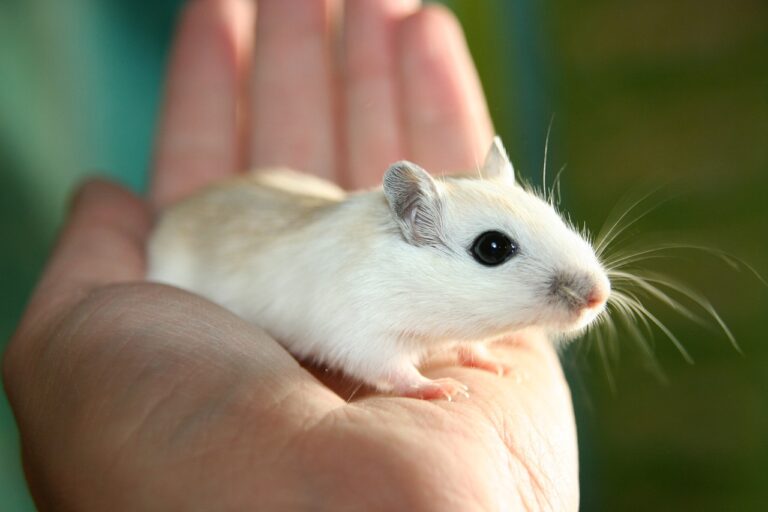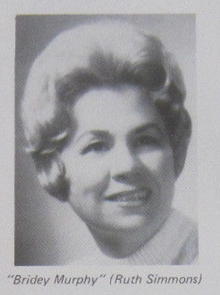What can our handwriting tell us about our personality? Graphologists assert that our rarely-used scrawl can improve mutual understanding in a marriage, help a recruiter to identify us as the right person for a job, or even reveal us to be a serial killer…
The trial in August 2023 of the serial killer Lucy Letby involved a number of handwritten notes that had been penned by the accused – and subsequently convicted – former neonatal nurse. Most UK readers will be aware of the post-it note Letby had written, which included the words “I AM EVIL” and “I DID THIS”, from the extensive media coverage of the trial proceedings.
Readers of the Mail Online, the Mirror and the Daily Star may also have read additional commentary on the handwritten notes found by police in Letby’s house, from leading British graphologist Tracey Trussell. After examination of Letby’s handwriting through these notes, Trussell spoke extensively to the Mail about Letby’s personality. Among other observations, she said that “Letby should never have been put in a position of care and responsibility” and noted that “Letby was likely to act impulsively and wilfully, without thought, and powerless to control strong subconscious urges. Plus, she lacked principles.”
I’m not trained in handwriting analysis, nor am I a member of the British Institute of Graphologists, but I think even I could tell you that a woman just convicted of seven baby murders and the attempted murder of seven more infants lacks principles, and should not have been in a position of care and responsibility.
Graphology is “the analysis of handwriting… to determine someone’s personality traits,” and it will not surprise the reader to learn that the British Psychological Society says that it has “zero validity”. It should be noted that graphology is distinct from forensic document examination, which seeks to use science to establish the authenticity or other questionable aspects of a document, including relating to the authorship and handwriting.
Graphology uses features like the size and spacing of letters, the angle of letters, the use of space and margins, the pressure applied with the writing instrument, the types of connections used in cursive, the downstrokes, and even how you cross your “t” to extrapolate personal traits from the handwriting sample alone.
There are claims that graphology has its origins back as far as ancient China, but the term itself was coined by a French priest and architect, Jean-Hippolyte Michon, in 1871. Michon believed that when people write spontaneously and without thinking that they bare their soul on the page, but later graphologists preferred Jungian and Freudian explanations and interpretations.
Even casting aside the existence – or otherwise – of the soul, there are some obvious reasons to be suspicious about the plausibility of graphology. Does one’s personality change when using a different writing implement? I can’t be the only person whose handwriting noticeable changes when using a nice ink pen rather than a biro. What about your education? Being born at a time and place where cursive (“joined-up”) writing was emphasised or ignored, or where left-handers were routinely forced to learn with their right hand will both clearly affect one’s handwriting, as will the age at which one leaves school.
It therefore comes as no surprise that when independently researched, graphology does not tend to hold up well. Graphology and personality: Another failure to validate graphological analysis (Furnham and Gunter, 1987) had 64 participants complete the Eysenck Personality Questionnaire (EPQ) and copy out a set text in their own handwriting. Using graphology texts, the handwriting was analysed and compared against the EPQ results, and “the results quite clearly demonstrated fewer significant effects than may be expected by chance.” This, the authors reported, concurred with many other studies into graphology – they quote four, from 1976 to 1986 – and they conclude with the following:
Perhaps one should be forced to conclude rather uncharacteristically for researchers that ‘no further work needs to be done in the field’?
Of course, graphology persisted and so inevitably further research has been done in the field, but subsequent studies have generally found very similar results. For example, Graphology and personality: an empirical study on validity of handwriting analysis (Dazzi and Pedrabissi, 2009) tested 101 students on the Big Five measures of personality and asked graphologists for their analysis of the same based on handwriting, with the following result:
Correlations between the Big Five Questionnaire and graphological evaluations did not confirm the capability of handwriting analysis to measure Big Five personality traits.
Despite the continued lack of good evidence for graphology, mainstream belief in this practice remains. As recently as 1991 it was used by 91% of French public bodies and private companies to assess prospective employees, and although its use in France is reported to be declining, there are reports of its use by recruiters in both the US and UK. It is hard to imagine astrology, which the British Psychological Society ranks alongside graphology, being used by any respectable employer to screen recruits. Why do professional, intelligent people believe in – and continue to use – such a method?
The most comprehensive discussion of this can be found in the study Illusory Correlations in Graphological Inference (King and Koehler, 2001).
They highlight a 1992 meta-analysis of 200 graphology studies, which included some with methodological shortcomings, that found only a small effect size (r = .12) in inferring personality from handwriting. This effect size is:
not nearly large enough to be of any practical value and would certainly be too small to be perceptible to the human judge… even a small, real effect – for which the evidence is mixed at best – cannot account for the magnitude of handwriting-feature personality-trait relationships reported by graphologists or their clients.
King and Koehler also note that in studies, graphological prediction of job performance was “modest” when using autobiographical text which could give the graphologist contextual information, but that when the text used was identical for all the analysed writing, graphologists were unable “to draw valid inferences about job performance”. Essentially, without additional information, the measurable effect in these studies disappeared. Whether used consciously or not, information gleaned from a CV or a covering letter – or the knowledge that something was written by serial killers – seems likely to influence a graphologist’s analysis of a handwriting sample.
In any case, with an effect size ranging from modest with contextual information, to imperceptibly weak or non-existent without contextual information, it seems unlikely that actual effectiveness could be the most parsimonious explanation for some people’s persistent belief in graphology.
As I suggested earlier, it seems logical that many factors could influence handwriting, and King and Koehler highlight studies showing that one’s literacy, socioeconomic status and even gender can be predicted to some degree by handwriting, which they say “may in turn predict some personality traits. Thus, any weak ability of graphology to predict personality may be merely based on gender or socioeconomic status information assessed from handwriting.”
This may be one of the reasons that graphology can sometimes appear to have a weak or superficial predictive quality, but it is quite alarming that such a method is used for recruitment, as it would seem very likely to feed into discriminatory hiring practices. Indeed, when graphology first came to prominence phrenology and eugenics were used to justify legal and social discrimination, and around that same time graphology itself was suggested as a method to identify criminality and mental illness.
King and Koehler also note that the mean agreement of graphologists in handwriting interpretation is r = .42, which is not that much higher than non-graphologists’ interpretations, at r = .30. Their suggestion is that graphological interpretation of personality from handwriting is derived not from empirical evidence, but the same semantic inferences that anyone might make from handwriting – i.e. that small handwriting suggests modesty, that large suggests egotism, and that someone who precisely dots their i’s and crosses their t’s may be the kind of person who pays attention to every small detail in a task, because that’s literally what the phrase means in English.
…we found that naive judges “discovered” relationships in the data consistent with those claimed to exist by experts. The obvious implication is that semantic association, which appears to drive illusory correlation in both domains, is the origin of experts’ theories.
This illusory correlation potentially contributes to the continued use of graphology, as the graphological interpretation feels right and matches our own intuition as lay recipients of such analysis. All the more so if we, too, have read the analysed person’s job application – or indeed know that the person analysed is a convicted criminal.
The authors also note other explanations for continued use of graphology, such as Barnum statements, which could describe almost anyone. These also appear in the Mail Online article’s analysis of Letby: “Letby’s often reclining style of handwriting shows how she was withdrawn particularly when stressed, generally on the defensive and potentially capable of irreverent actions.” While not everyone is defensive, an awful lot of people become withdrawn when stressed, and literally everyone is potentially capable of irreverent actions.
As graphological interpretation isn’t generally legally acceptable, thankfully such analysis is restricted to post-hoc discussions rather than law courts. However, the continued use of graphology in recruitment is potentially far more worrying, not least due to the potential discrimination it introduces into such an important part of our lives.













